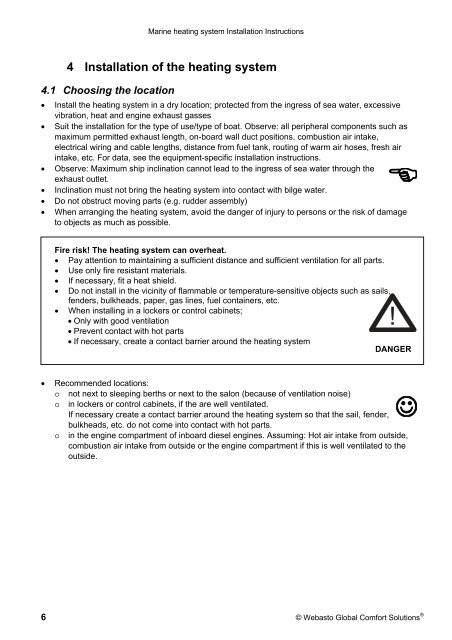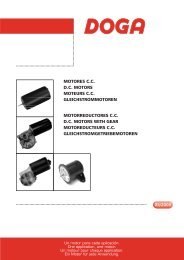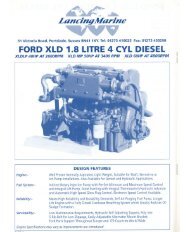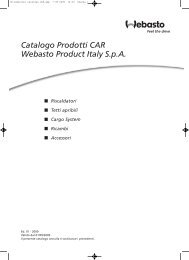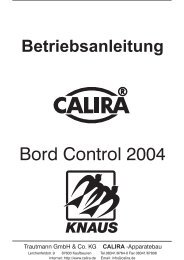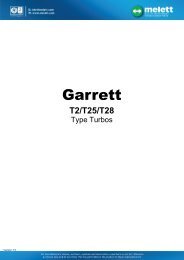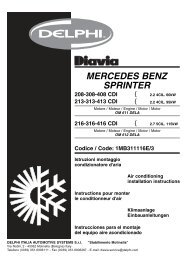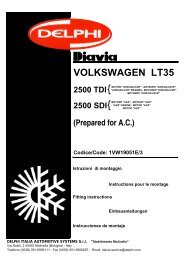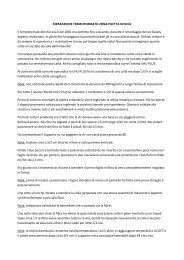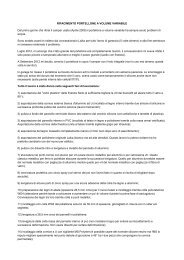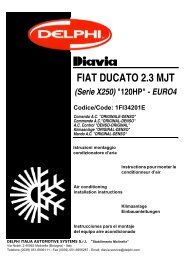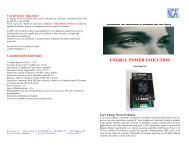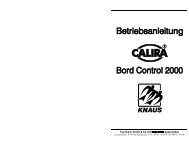Air heating - Giordano Benicchi
Air heating - Giordano Benicchi
Air heating - Giordano Benicchi
You also want an ePaper? Increase the reach of your titles
YUMPU automatically turns print PDFs into web optimized ePapers that Google loves.
Marine <strong>heating</strong> system Installation Instructions<br />
4 Installation of the <strong>heating</strong> system<br />
4.1 Choosing the location<br />
• Install the <strong>heating</strong> system in a dry location; protected from the ingress of sea water, excessive<br />
vibration, heat and engine exhaust gasses<br />
• Suit the installation for the type of use/type of boat. Observe: all peripheral components such as<br />
maximum permitted exhaust length, on-board wall duct positions, combustion air intake,<br />
electrical wiring and cable lengths, distance from fuel tank, routing of warm air hoses, fresh air<br />
intake, etc. For data, see the equipment-specific installation instructions.<br />
• Observe: Maximum ship inclination cannot lead to the ingress of sea water through the<br />
exhaust outlet.<br />
• Inclination must not bring the <strong>heating</strong> system into contact with bilge water.<br />
• Do not obstruct moving parts (e.g. rudder assembly)<br />
• When arranging the <strong>heating</strong> system, avoid the danger of injury to persons or the risk of damage<br />
to objects as much as possible.<br />
Fire risk! The <strong>heating</strong> system can overheat.<br />
• Pay attention to maintaining a sufficient distance and sufficient ventilation for all parts.<br />
• Use only fire resistant materials.<br />
• If necessary, fit a heat shield.<br />
• Do not install in the vicinity of flammable or temperature-sensitive objects such as sails,<br />
fenders, bulkheads, paper, gas lines, fuel containers, etc.<br />
• When installing in a lockers or control cabinets;<br />
• Only with good ventilation<br />
• Prevent contact with hot parts<br />
• If necessary, create a contact barrier around the <strong>heating</strong> system<br />
DANGER<br />
• Recommended locations:<br />
o not next to sleeping berths or next to the salon (because of ventilation noise)<br />
o in lockers or control cabinets, if the are well ventilated.<br />
If necessary create a contact barrier around the <strong>heating</strong> system so that the sail, fender,<br />
bulkheads, etc. do not come into contact with hot parts.<br />
o in the engine compartment of inboard diesel engines. Assuming: Hot air intake from outside,<br />
combustion air intake from outside or the engine compartment if this is well ventilated to the<br />
outside.<br />
6 © Webasto Global Comfort Solutions ®


